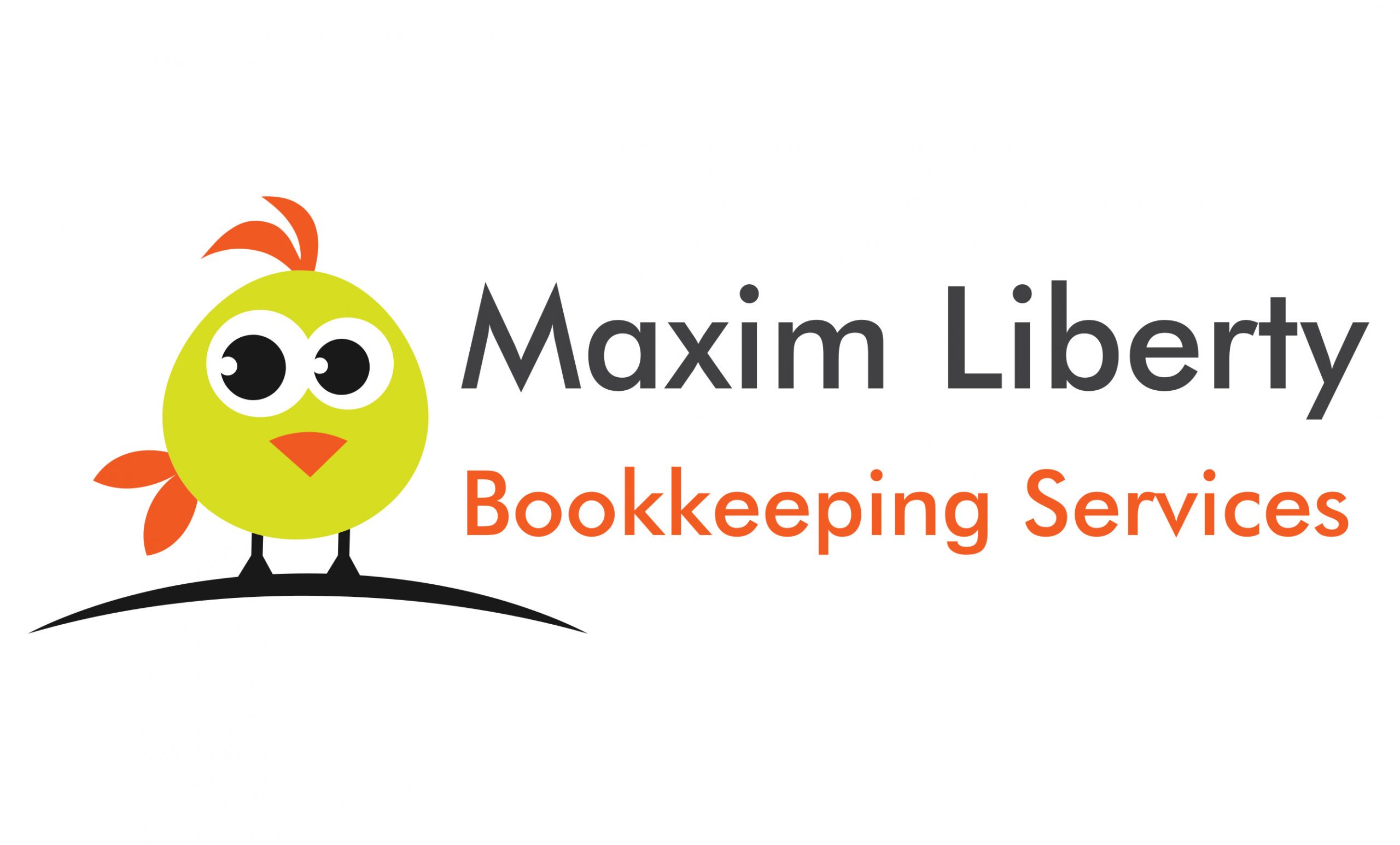What are Invoices?
An invoice is a document that lists the products or services provided by a seller to a buyer along with the agreed-upon prices and terms of payment. It is a request for payment and serves as evidence of a transaction between the buyer and the seller. Invoices may include information such as the date of the transaction, the quantity of goods or services provided, the unit price, and any taxes or discounts applied.
What about Credit Memos?
Invoices and credit memos are both types of documents that are used in financial transactions. However, they serve different purposes.
An invoice is a document that outlines the details of a sale or service that has been provided by a seller to a buyer. It includes the quantity, description, and price of the goods or services provided, along with any taxes or fees that apply. The invoice serves as a request for payment and is usually sent by the seller to the buyer.
On the other hand, a credit memo is a document that is used to adjust an invoice or a bill. It is issued by the seller to the buyer and indicates that the buyer is owed a credit for a particular amount. This could be due to a variety of reasons such as a return of goods or an overpayment.
In other words, invoices are used to request payment for goods or services provided while credit memos are used to adjust previously issued invoices or bills.
It’s important to note that invoices and credit memos are related to each other. When a credit memo is issued, it reduces the amount owed by the buyer on the related invoice. The net amount owed by the buyer is the difference between the invoice amount and the credit memo amount.
What is Accounts Receivable Management?
Accounts receivable management, on the other hand, is the process of tracking and collecting payments owed to a business by its customers. It involves managing the invoices issued by the business, monitoring the payment terms and due dates, and following up with customers who have not paid their bills on time.
Effective accounts receivable management is essential for maintaining a healthy cash flow for a business. It involves setting credit policies and payment terms, sending timely invoices, monitoring payment receipts, and following up with customers who are late in paying their bills. It may also involve negotiating payment plans or settlements with customers who are experiencing financial difficulties.
By managing accounts receivable effectively, a business can improve its cash flow, reduce bad debts, and maintain positive relationships with its customers.
Here are some key steps to managing accounts receivable effectively:
- Track invoices and payment due dates: It’s important to have a system in place for tracking invoices and payment due dates, so that you can follow up on overdue payments in a timely manner. This can be done manually using a spreadsheet or invoicing software, or by using a specialized accounts receivable management system. These systems can generate very useful reports like the A/R Aging Report to keep track of outstanding invoices.
- Set clear payment terms: Make sure that your payment terms are clearly stated on invoices and contracts, and that they are communicated to customers in advance. This will help to ensure that there is no confusion about when payment is due, and will reduce the risk of overdue payments.
- Follow up on overdue payments: If a payment is overdue, it’s important to follow up as soon as possible. This can be done through a variety of methods, such as email, phone, or snail mail. Be sure to keep a record of all communication with customers, as this can be useful in the event that legal action is necessary.
- Offer multiple payment options: To make it easier for customers to pay their invoices, consider offering multiple payment options. This can include credit card payments, online payments, and even the option to set up automatic payments.
- Use accounts receivable financing: If your business is experiencing cash flow issues due to overdue accounts receivable, you may want to consider using accounts receivable financing. This is a type of financing in which a lender provides the business with a cash advance based on its accounts receivable. The lender then collects the money owed to the business from the customer directly.
- Implement a credit approval process: To reduce the risk of default, it’s a good idea to implement a credit approval process for new customers. This can include checking a customer’s credit score and financial history, as well as requiring a deposit or other form of collateral.
- Review and adjust credit limits: To further reduce the risk of default, it’s important to regularly review and adjust credit limits for customers. If a customer’s creditworthiness changes, or if they have a history of overdue payments, it may be necessary to lower their credit limit or require them to pay in advance.
In conclusion, accounts receivable management is a critical aspect of financial management for any business. By tracking invoices and payment due dates, setting clear payment terms, following up on overdue payments, offering multiple payment options, and implementing a credit approval process, businesses can improve their cash flow, reduce the risk of default, and increase the efficiency of their billing and collections processes.
